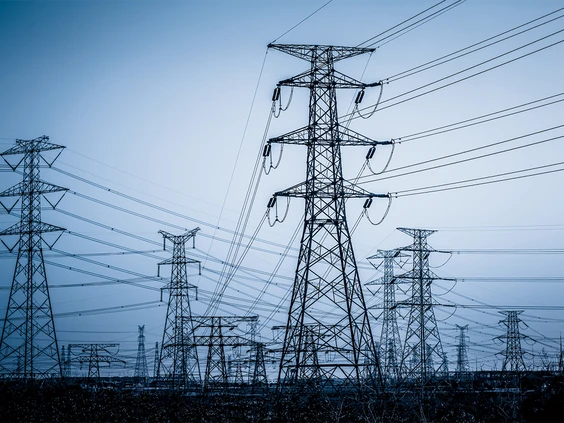In her latest piece for the Financial Post, Shannon Joseph examines the financial implications of Canada’s commitment to achieving net-zero emissions. She argues that affordability is a crucial factor for social mobility in Canada and emphasizes the need for a clear understanding of the costs associated with transforming energy systems. She warns that concerns about the cost of net zero are often swept aside under promises of “green opportunities.” This prevents proper discussion of the complexities and trade-offs involved in both electrification and net zero.
Key Points:
- Canada’s electricity generation capacity must increase from approximately 152 GW today to 350 GW by 2050 to meet net-zero targets.
- This expansion represents a significant financial commitment, requiring substantial expenditures in a short timeframe.
- There are critical questions about the feasibility of such a transformation and who will bear the costs.
- Canadian ratepayers or taxpayers will ultimately shoulder the financial burden, leading to concerns about the ability to absorb higher electricity rates and increased taxes.
- Understanding the economic realities is essential as Canada navigates its transition to a sustainable energy future.
Joseph’s analysis highlights the necessity of addressing these economic challenges in the pursuit of a net-zero future. She concludes with an important question: “How do we get a lot more energy infrastructure built, fast, everywhere in the country and without undue hardship to Canadians, both in terms of household energy costs and loss of industry?”

Shannon Joseph is the Chair of Energy for a Secure Future, a non-partisan civil society initiative that brings together Indigenous peoples, business leaders, organizations, and other Canadian experts in a new conversation about energy and building a secure future for Canada and our allies around the world.
